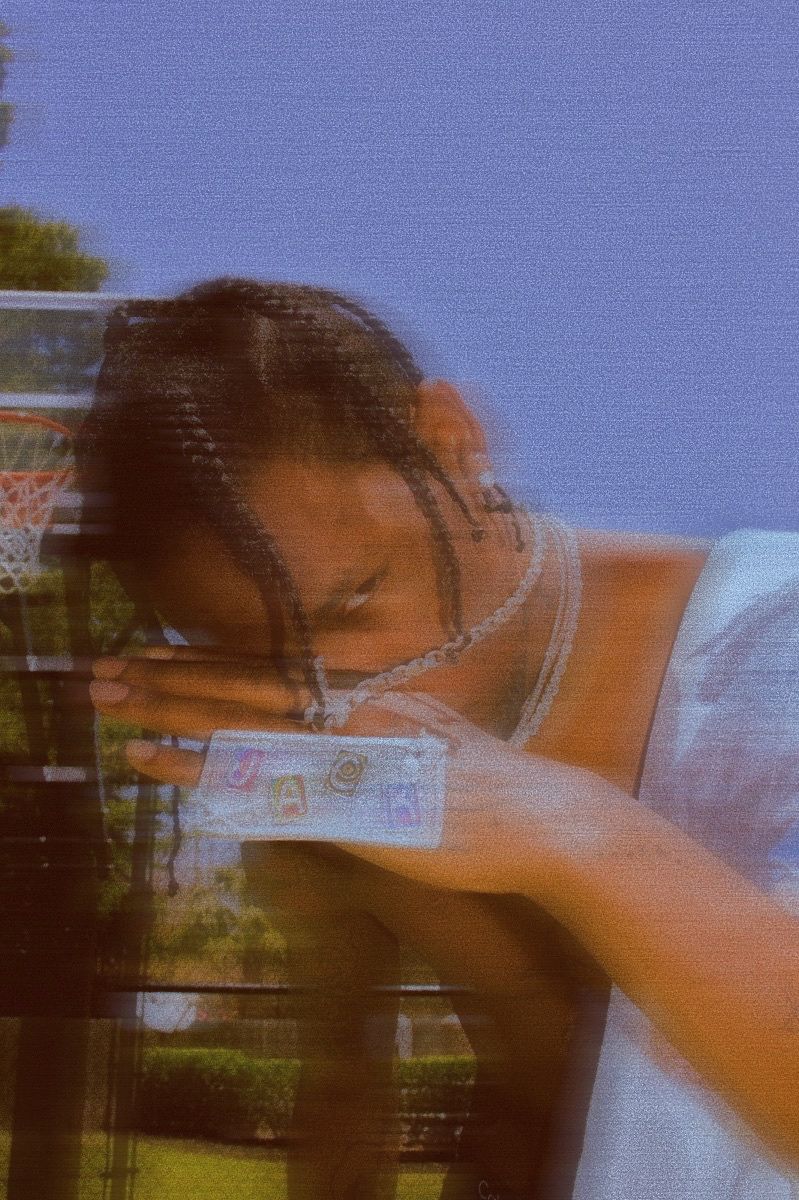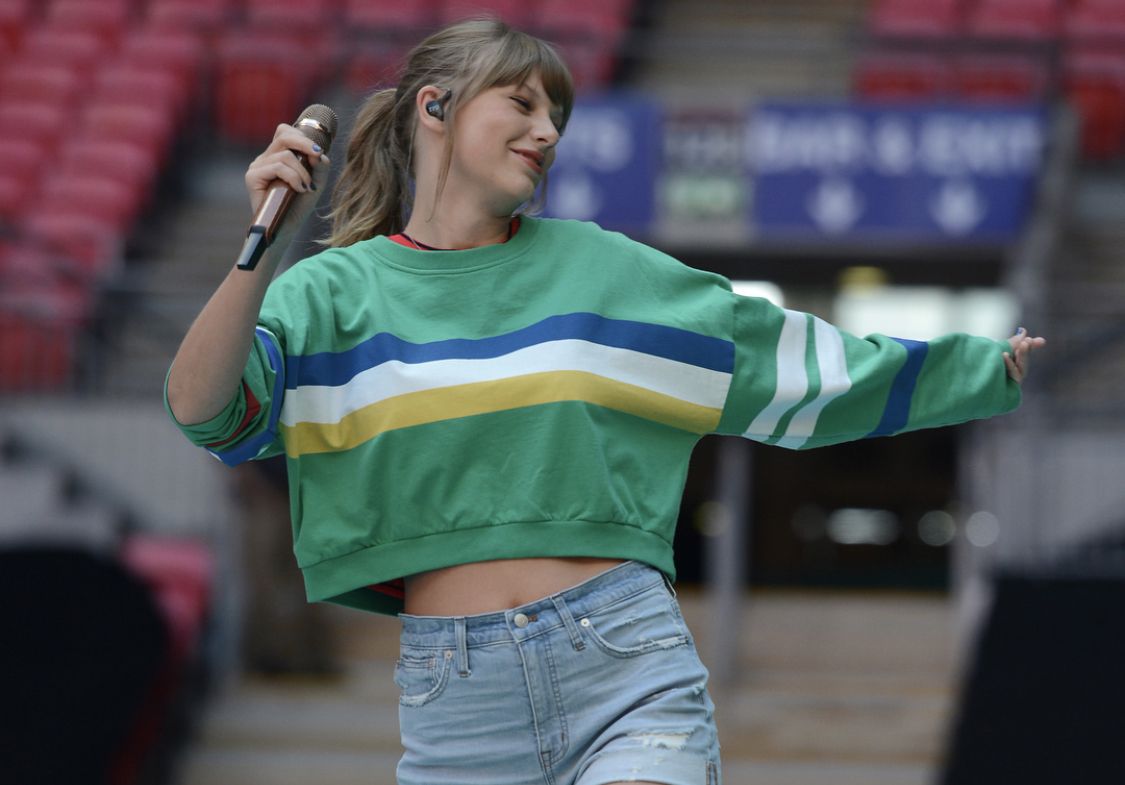Blending AI with my love for music
 Sweltering City
Sweltering CityTable of contents

In the realm of music composition, AI-powered tools have revolutionized the possibilities for generating original compositions. In this article, we embark on a journey to create an AI-powered music generator that draws inspiration from the unique styles of renowned artists Tyler, The Creator and Taylor Swift. By leveraging machine learning, deep learning, and data analysis techniques, we can train a model to produce music that captures the essence of both artists' compositions. Furthermore, we'll explore hosting options, enabling others to interact with and explore the magic of AI-generated music.
Data Collection: To kickstart our project, we must gather a diverse dataset of songs by Tyler, The Creator and Taylor Swift. We can obtain this data from various sources, including streaming services, online music repositories, or public music archives. By encompassing a wide range of compositions from both artists, we ensure our model captures their distinct styles and musical nuances.
Preprocessing: Once the music dataset is in our hands, preprocessing becomes paramount in preparing the data for analysis and model training. We cleanse the data and transform it into a suitable format for our AI model. Additionally, we may need to extract features such as chords, melodies, lyrics, or rhythmic patterns to effectively encapsulate the essence of both artists' styles.
Model Selection: Selecting an appropriate AI model architecture plays a crucial role in generating music that resonates with Tyler, The Creator's and Taylor Swift's compositions. Recurrent Neural Networks (RNNs) like LSTM or GRU are commonly employed due to their ability to capture sequential patterns. These models excel at learning the long-term dependencies within music sequences.
Training the Model: With the model architecture in place, we venture into training it using our preprocessed music data. Training involves feeding the model sequences of music data and optimizing it to learn the underlying patterns and structures present in the artists' music. This stage necessitates ample computational resources and time for completion.
Generating Music: Once our model is trained, we unlock its potential to generate new music. By providing a seed input or initial sequence, the model can generate subsequent notes or lyrics based on the learned patterns. Techniques like sampling, temperature adjustment, or beam search can be employed to enhance creativity and diversity in the generated music.
Hosting the Music Generator: To make our AI-powered music generator accessible to others, we can host it as a website or an app. Frameworks like Flask or Django facilitate the creation of web applications, while React Native or Flutter enable cross-platform mobile application development. Hosting our generator provides users with an interactive platform to explore and create music on demand.
User Interaction: To elevate the user experience, we offer a user-friendly interface where users can interact with the music generator. This interface could allow users to input preferences such as mood, tempo, or genre, influencing the generated music accordingly. Real-time visualization, mixing capabilities, or even collaborative music generation features further engage and captivate users.
Feedback and Iteration: Encouraging users to provide feedback on the generated music enables us to gain insights for refining the model and better capturing the distinct styles of Tyler, The Creator and Taylor Swift. Continuous iteration and refinement contribute to enhancing the generator's performance, ensuring it creates music that resonates with users.
Embarking on the creation of an AI-powered music generator that draws inspiration from renowned artists Tyler, The Creator and Taylor Swift presents an exciting and innovative endeavor. By harnessing machine learning and deep learning techniques, we can train a model that encapsulates the unique elements of these artists' compositions. Hosting the generator as a website or an app allows users to engage with and explore the realm of AI-generated music firsthand. Let us remember to respect copyright laws and obtain necessary permissions or licenses when using copyrighted material. With creativity, dedication, and a deep understanding of the artists' music, we can unveil a world of limitless musical possibilities.
Subscribe to my newsletter
Read articles from Sweltering City directly inside your inbox. Subscribe to the newsletter, and don't miss out.
Written by
